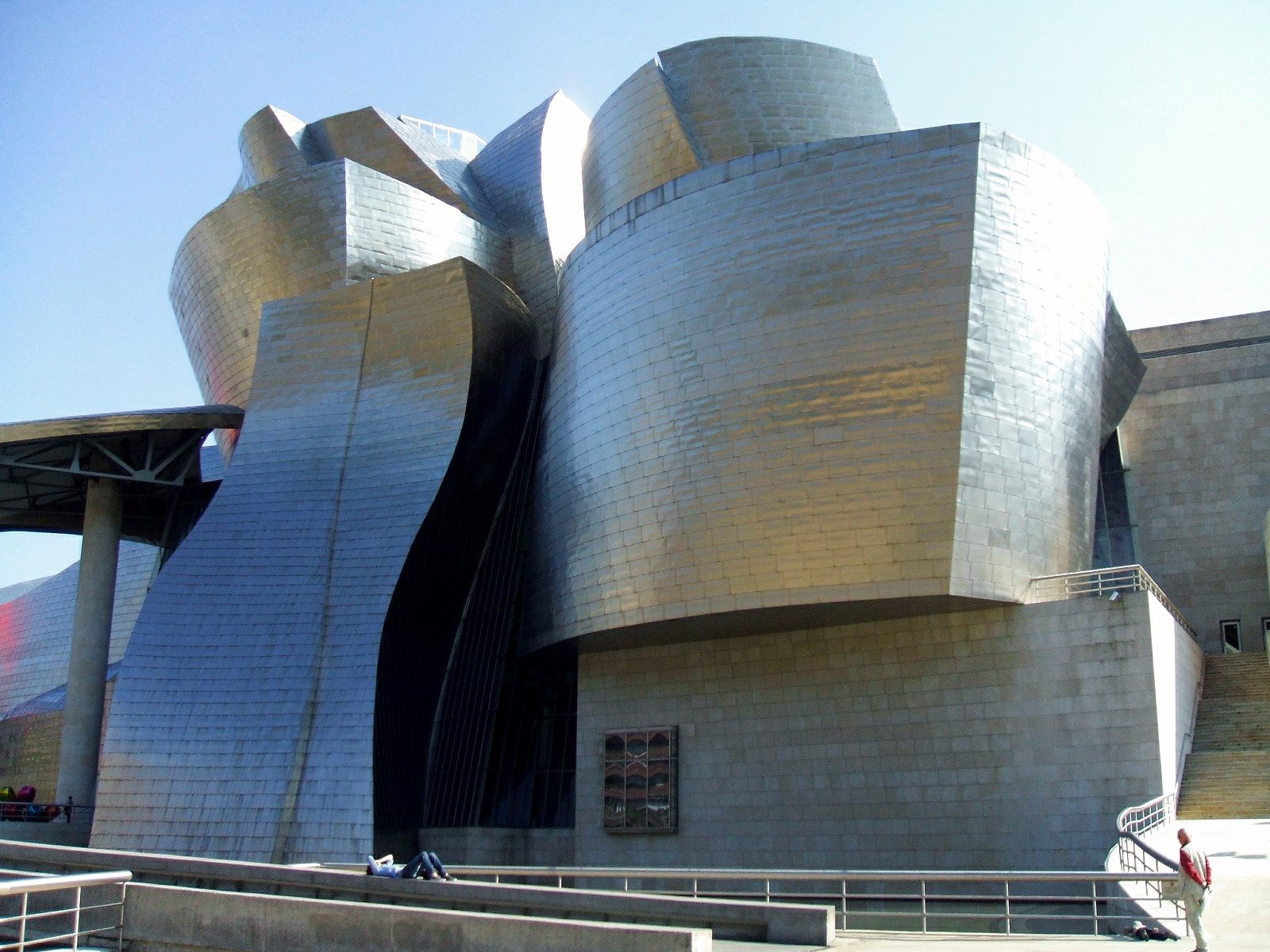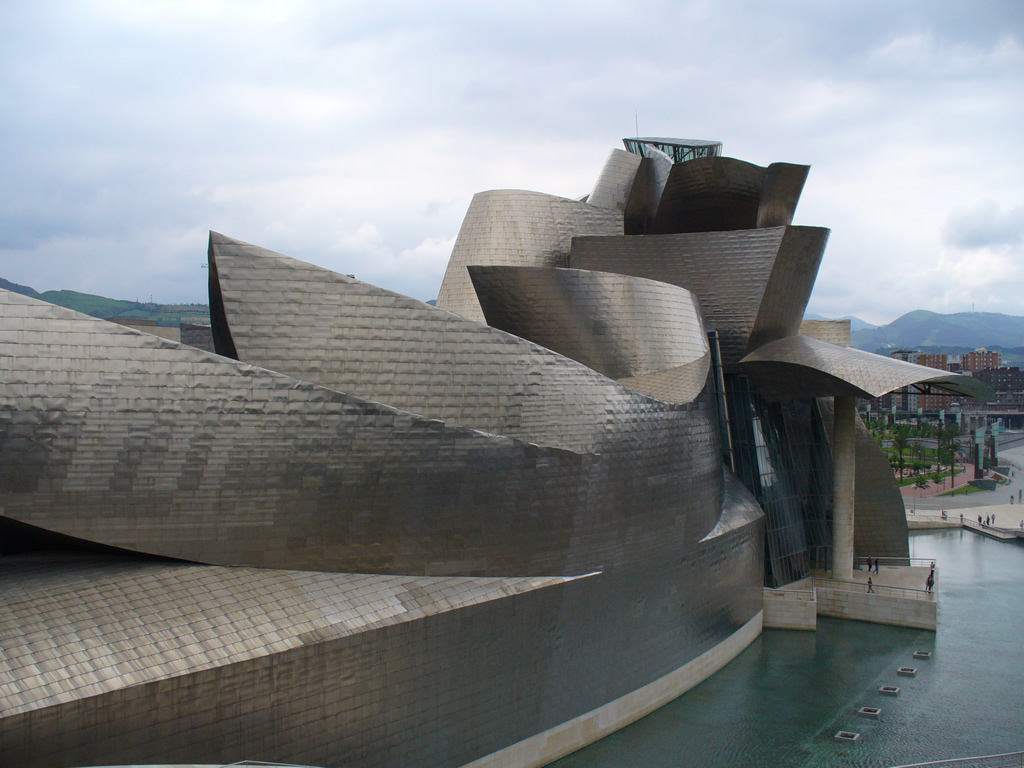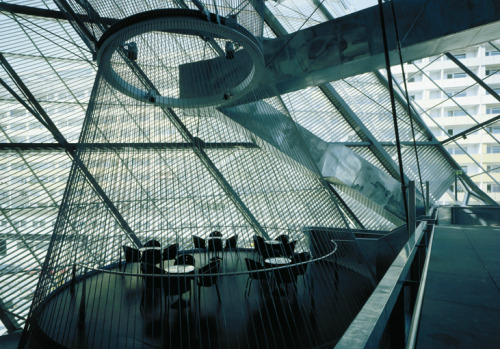Deconstructivism is a development of postmodern architecture that began in the late 1980s. It is characterized by ideas of fragmentation, an interest in manipulating ideas of a structure's surface or skin, non-rectilinear shapes which serve to distort and dislocate some of the elements of architecture, such as structure and envelope. The finished visual appearance of buildings that exhibit the many deconstructivist "styles" is characterized by a stimulating unpredictability and a controlled chaos.
Originally, some of the architects known as Deconstructivists were influenced by the ideas of the French philosopher Jacques Derrida. Eisenman developed a personal relationship with Derrida, but even so his approach to architectural design was developed long before he became a Deconstructivist. For him Deconstructivism should be considered an extension of his interest in radical formalism. Some practitioners of deconstructivism were also influenced by the formal experimentation and geometric imbalances of Russian constructivism. There are additional references in deconstructivism to 20th-century movements: the modernism/postmodernism interplay, expressionism, cubism, minimalism and contemporary art. The attempt in deconstructivism throughout is to move architecture away from what its practitioners see as the constricting 'rules' of modernism such as "form follows function," "purity of form," and "truth to materials."
Bilbao Museum Guggenheim, Spain
UFA-Cinema Center, Dresden, Germany
Parc de la Villette, Paris, France
..............................................................................................................................

















No comments:
Post a Comment